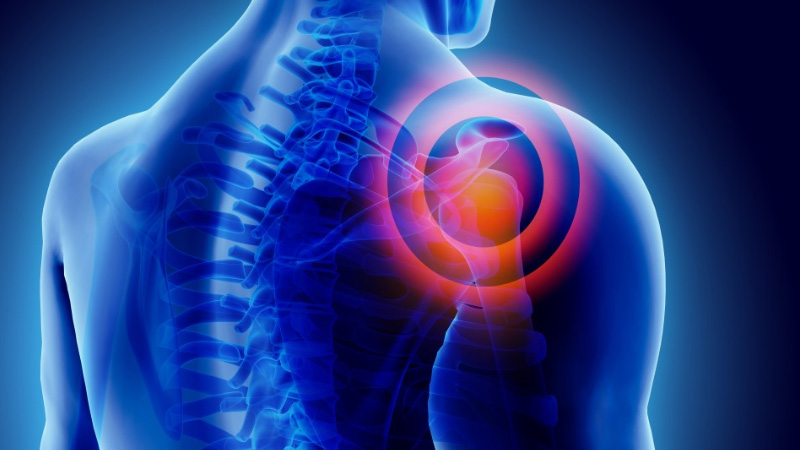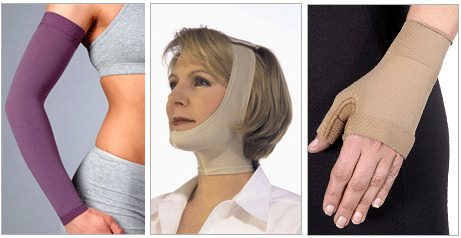6 Most Common Musculoskeletal Injuries
According to the World Health Organization (WHO), musculoskeletal conditions are the leading contributor to disability worldwide. They don’t just occur due to age, but at just about any point in one’s lifetime. An incredible one-in-three to one-in-five are suffering from the painful and disabling condition, WHO reports.

But what are the most common musculoskeletal injuries?
Carpal Tunnel Syndrome
Carpal tunnel is a common nerve condition that affects nearly 4% of the population, according to NeuroSciences. Women are more likely to suffer from this condition which is often caused by performing repetitive tasks like frequent texting, typing on keyboards, and playing video games, though men can develop the syndrome too. Symptoms include tingling, numbness, and sometimes pain in the fingers and hand.
A Herniated Disk
A herniated disc can occur when the center of a disc, which is gel-like, ruptures through a weak area in the outer wall. It may cause tingling or numbness as well as leg or back pain when the material of the dis compresses or touches a spinal nerve. It typically requires rest, spinal injections and/or pain medication combined with physical therapy for recovery. While the condition improves for most people within six weeks, some may require surgery.
A Rotator Cuff Injury
The rotator cuff is a group of four muscles and their tendons which hold the shoulder joint in place. It helps to move the shoulder and stabilize the shoulder joint. A rotator cuff injury or tear can result from falling on your arm, lifting something too heavy or due to age, with tendons wearing down over time. It can be rather painful, so painful that it’s difficult to sleep, as well as making it difficult to lift objects as the shoulder becomes too weak. Treatment typically involves rest and physical therapy.
Tendonitis
Tendonitis refers to an irritated or inflamed tendon that’s caused by overuse. If it’s severe, it may even lead to the rupture of a tendon. Symptoms may include swelling, loss of motion and tenderness that occurs suddenly or builds up gradually. The best way to prevent it is to increase muscle strength and perform stretches before a workout or any rigorous activity.
Neck Pain or Stiffness
Musculoskeletal injuries involving the neck have become increasingly common, resulting in neck pain and/or stiffness. As it’s often the result of holding one’s head in a certain position for a long period of time, turned to one side or downward, staring at a keyboard or screen, there’s likely a connection between computer work and this type of injury. You can help prevent this by ensuring your monitor is at the proper level. Your gaze should be directly in the top-third of your computer screen. If you find you have to look down, try raising your monitor up. As laptops often require your head to be at a downward angle, you might want to try connecting yours to a separate screen or monitor.
Lower Back Pain
Musculoskeletal lower back pain is a common condition that affects the muscles and bones of the lower back. It can develop suddenly or progressively over time, often due to intense sports, heavy work and accidents, although it can also be due to a medical condition like arthritis. Symptoms include the obvious, back pain, as well as muscle spasms and stiffness in the back.



